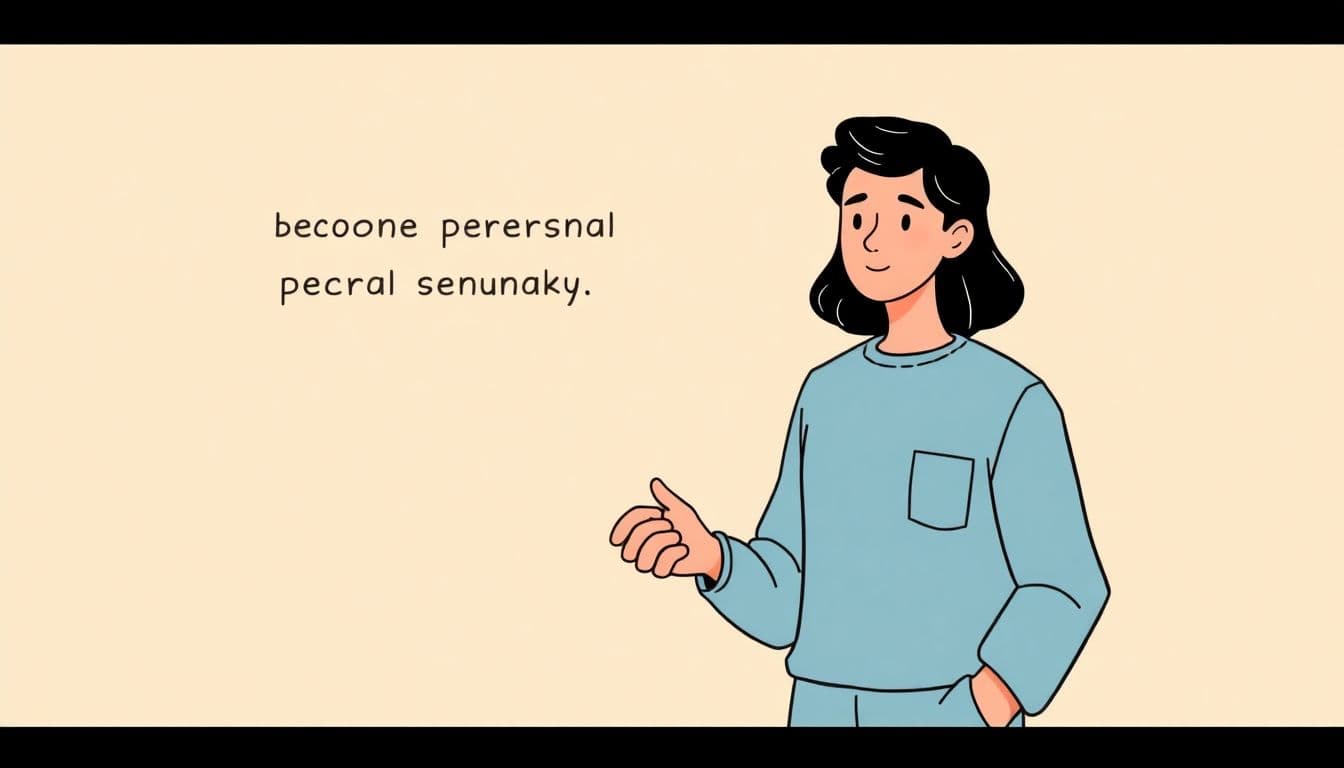Table of Contents
So, you’ve got this burning desire to write children’s books, huh? It’s a wonderful dream, but let’s face it, breaking into this vibrant world can feel a bit daunting. You might worry about whether your ideas are good enough, or how to even start. Trust me, you’re not alone in feeling this way!
But if you stick around, you’ll discover that turning your dream into reality is not only possible, it can be a lot of fun! I’ll share some insightful tips and steps that help you navigate through the wondrous journey of becoming a children’s book author.
From finding your unique voice to marketing your finished masterpiece, we’ve got a treasure trove of advice coming your way. So buckle up, and let’s dive into how to craft those magical stories that will inspire young readers!
Key Takeaways
- Understand the different types of children’s books, from picture books to young adult novels, to identify where your passion fits.
- Develop your unique voice by exploring your interests and themes that resonate with kids, making characters relatable.
- Research current trends in children’s literature to know what stories are popular and what appeals to your target age group.
- Set a dedicated writing routine for drafting your book, allowing creativity to flow without worrying about perfection in the first draft.
- Revise and edit your manuscript by seeking feedback and possibly hiring a professional editor for a polished final product.
- Choose between traditional or self-publishing, understanding the benefits and responsibilities of each path.
- Find an illustrator if needed, ensuring clear communication and shared vision between you and the artist.
- Start marketing your book early with an author platform, social media engagement, and promoting word-of-mouth through reader reviews.

Understanding What Children’s Books Are
Children’s books come in various forms, each crafted to cater to different ages and reading levels.
From colorful picture books that enchant toddlers to engaging young adult novels that grapple with teenage issues, there’s an entire spectrum where your writing might fit.
Do you prefer the simplicity of a board book for little ones, or do you thrive on the adventures found in middle-grade tales? Understanding these types helps you decide where your passions lie.
Each category has its own characteristics, often defined by word count, illustrations, and thematic depth. Picture books are typically under 1,000 words and rely heavily on visuals, while early readers range from 1,000 to 2,500 words and help bridge the gap to chapter books, which can stretch between 5,000 to 15,000 words.
Then we have middle grade books aimed at kids ages 8 to 12, often exploring themes of identity, friendship, and adventure. Lastly, there’s young adult literature that dives into the complexities of growing up, tackling issues like love, loss, and identity crises.
Knowing your audience is key! Each age group has distinct attention spans and interests, so tailor your content to engage them on their level.
Finding Your Unique Voice and Style
Your voice as a writer is what makes your stories unique. So how do you find it?
Start by identifying your passions. What excites you? Whether it’s dinosaurs, magic, or the everyday adventures of childhood, your enthusiasm will shine through your writing.
Next, think about the themes you want to explore. A good children’s book often weaves a lesson or moral into the narrative, so consider what message you want to send. Do you want to teach resilience, friendship, or the importance of imagination?
Creating relatable characters is also crucial. Kids find joy and comfort in characters they can see themselves in or aspire to be. Sketch out characters who reflect various backgrounds, experiences, and aspirations—the more relatable, the better!
You can also play with style by experimenting with different narrative perspectives, like first-person for intimacy or third-person for a broader view. Try writing short stories or scenes to refine your voice and figure out what style feels authentically you.
Lastly, when crafting your plots, remember that children thrive on engaging storylines that stimulate their imaginations. Incorporate twists, humor, and relatable stakes to keep them turning the pages.
Researching the Market
Before you dive into writing, it’s wise to research the current trends in children’s publishing.
Understanding what types of stories are resonating with young readers can provide valuable insight into what to write. Check out best-seller lists, follow popular children’s book blogs, and visit sites like Publishers Weekly to keep your finger on the pulse of the industry.
Analyze successful children’s books and authors. What made their stories stand out? Is it the humor, the illustrations, or the storytelling style? Familiarize yourself with different authors and dissect their methods to glean inspiration for your own work.
Knowing your target age group’s preferences is paramount for reaching them effectively. Different age ranges have unique interests and cognitive abilities, so think critically about the elements of your story that will speak to them the most.
Finally, visit local bookstores and libraries to see which new titles are garnering attention. Engaging with the community surrounding children’s literature can provide you with additional insights and inspiration.

Writing Your First Draft
To write your first draft, set aside dedicated writing time that works best for you. Whether it’s early morning or late at night, find that golden hour when creativity flows effortlessly.
Establish a routine and stick to it; your brain will learn when it’s time to switch into writing mode. Take your outline and let it guide you, but don’t feel shackled by it—sometimes stories have a mind of their own!
Staying motivated can be a challenge, so keep your writing area inspiring. Surround yourself with things that spark joy, whether that’s your favorite mug or cool stationery.
Lastly, remember that a first draft doesn’t have to be perfect—just get those words on the page. You can polish it later, so give yourself permission to write freely and creatively!
Revising and Editing Your Manuscript
Revising is where the magic happens, taking your messy draft and transforming it into something special. After stepping away for a bit, return to your manuscript with fresh eyes to see areas needing improvement.
Getting feedback from beta readers or critique groups can be invaluable. Choose individuals who understand children’s literature and can provide constructive criticism.
As you review your work, be on the lookout for common editing mistakes, like overused words or unclear plot points. It’s easy to get caught up in your narrative—play the role of a reader instead of the writer for a moment.
Consider hiring a professional editor if your manuscript feels a bit rough around the edges. They can offer insights and catch errors you may have missed, guiding you toward a polished final product.
Understanding the Publishing Options
Understanding your publishing options is crucial for bringing your book to life. You can choose between traditional publishing, which offers support but can be competitive, or self-publishing, which gives you full control but requires more legwork.
If you’re leaning toward traditional publishing, finding a literary agent can be a significant step. They can help pitch your work to publishers and navigate the complex industry for you.
Research potential agents who specialize in children’s literature, and tailor your submissions to their preferences. Make sure to follow their guidelines meticulously—agents love a well-organized query!
If self-publishing catches your eye, remember you’ll need to handle everything from formatting to cover design. Embrace this creative journey, but also consider how you’ll market your book once it’s available.
Illustrating Your Book (if applicable)
If your book requires illustrations, finding the right illustrator is key to creating a captivating experience for young readers. Illustrations bring stories to life and can enhance your narrative significantly.
Start by searching for illustrators whose styles resonate with your story. Websites like Bezalel Academy or social media platforms can give you access to talented artists.
Collaboration is essential; discuss your vision, themes, and character designs with your illustrator to ensure you’re on the same page. The best collaborations feel more like partnerships than simple transactions!
Understanding the illustration process can also help manage your expectations. Discuss timelines and revisions openly, as both parties will benefit from clear communication.
Marketing Your Children’s Book
Marketing is just as crucial as writing your book, so start building your author platform early. This could mean creating a website to showcase your work, engaging on social media, or blogging about topics related to children’s literature.
Utilize platforms like Instagram and TikTok, where visuals can shine. Share snippets of your story, your writing process, or even fun activities related to your characters.
When it’s time for your book launch, consider hosting a virtual or in-person signing event. This is a great way to connect with your audience and gather feedback.
Don’t underestimate the power of word-of-mouth. Encourage readers to leave reviews online and share their thoughts on social media—a little buzz can go a long way!

Continuing Your Journey as an Author
Becoming a children’s book author is just the beginning of your adventure, not the end.
To stay inspired and motivated, consider setting new writing goals or challenges for yourself.
Joining writing groups or communities can be incredibly rewarding. You’ll meet people who understand your journey and can offer valuable support.
Connect with fellow writers online or through local events, and don’t hesitate to share your work for feedback.
Learning from feedback and reviews is crucial for growth. Embrace constructive criticism and use it to refine your craft.
Remember, every author has a unique path, and perseverance is key. Your passion for storytelling will guide you on this ongoing journey.
Wrapping it Up: Your Path to Authorhood
So, what’s the secret sauce to becoming a successful children’s book author?
First, understand children’s literature—know your audience and the types of books that resonate with them.
Finding your unique voice and writing style will set you apart. Be honest with yourself about what excites you.
Researching the market is essential. Stay up-to-date with trends and understand what makes other books successful.
Writing that first draft might feel daunting, but remember, it doesn’t have to be perfect. Just get those ideas flowing!
Revising and editing are where the magic happens. Get feedback and don’t shy away from a professional editor.
Understanding your publishing options can help you make informed decisions—whether you’re going traditional or self-publishing.
If your book requires illustrations, choose the right illustrator who can bring your vision to life. Collaboration is key.
Marketing shouldn’t be an afterthought. Build your author platform early and engage with your audience in fun, creative ways.
Keep all of this in mind as you embark on your journey into children’s literature. You’ve got this!
FAQs
You can write various types including picture books, early readers, chapter books, middle grade, and young adult. Understanding each category’s characteristics is essential to target the right audience.
Identify your passions and recurring themes that excite you. Create relatable characters and engaging plots that resonate with children, allowing your voice to naturally emerge in your writing.
You can choose traditional publishing or self-publishing. Traditional publishing offers more support but requires finding a literary agent, while self-publishing gives you full control over your work.
Build an author platform through social media and a personal website. Engage with your audience and create effective book launch strategies to increase visibility and connect with readers.



